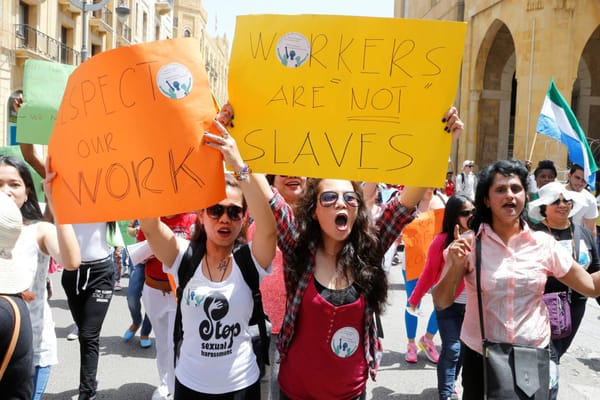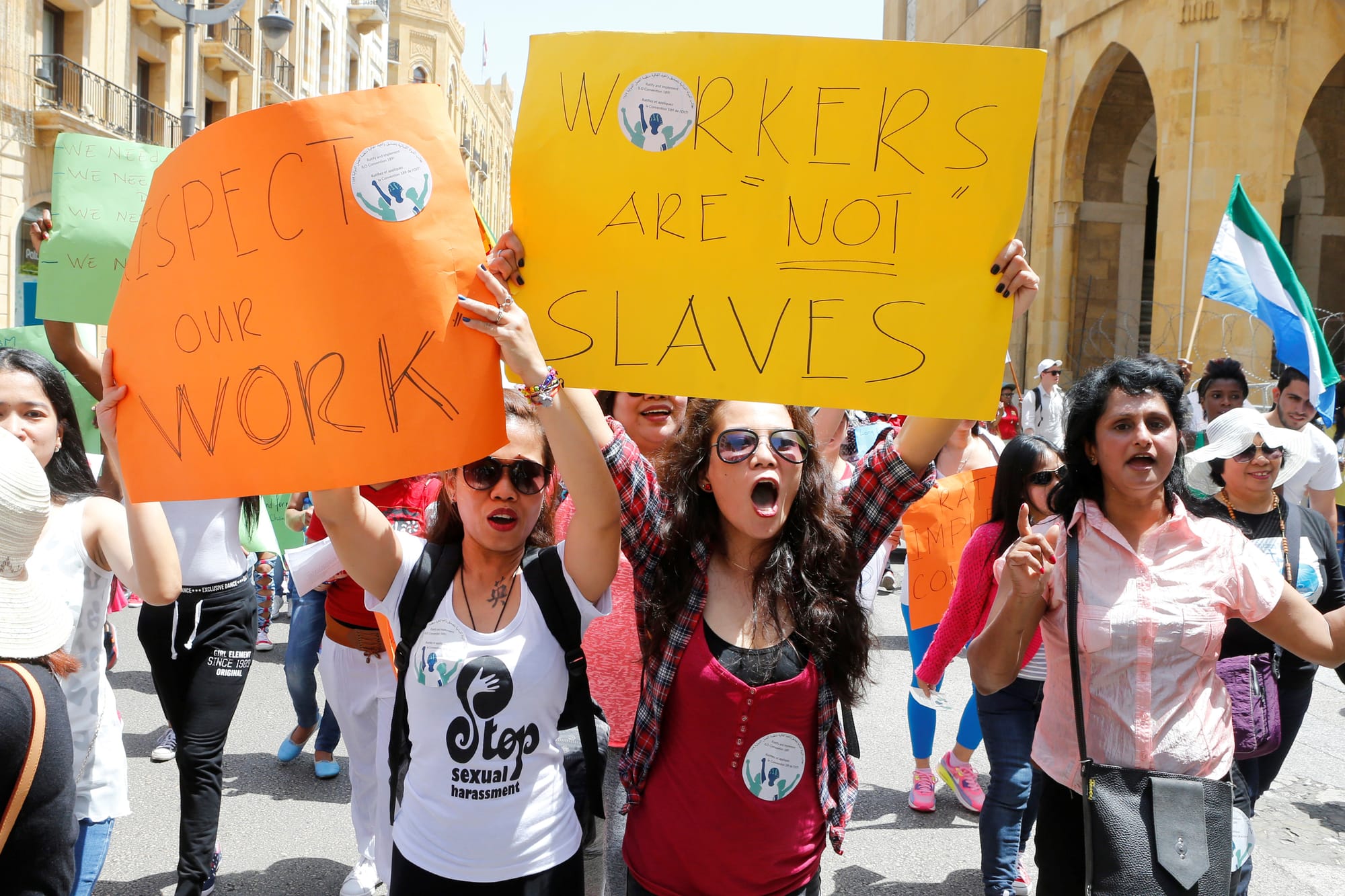Understanding Race and Migrant Domestic Labor in Lebanon
The dire financial and political crises in Lebanon have made migrant domestic workers even more vulnerable to abuses of the kafala system of sponsorship. Kassamali explains the history of this labor system in Lebanon and the intersecting roles of race, class, nationality and gender in the hierarchie











